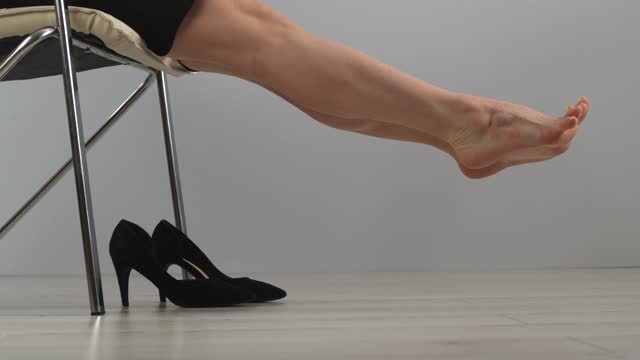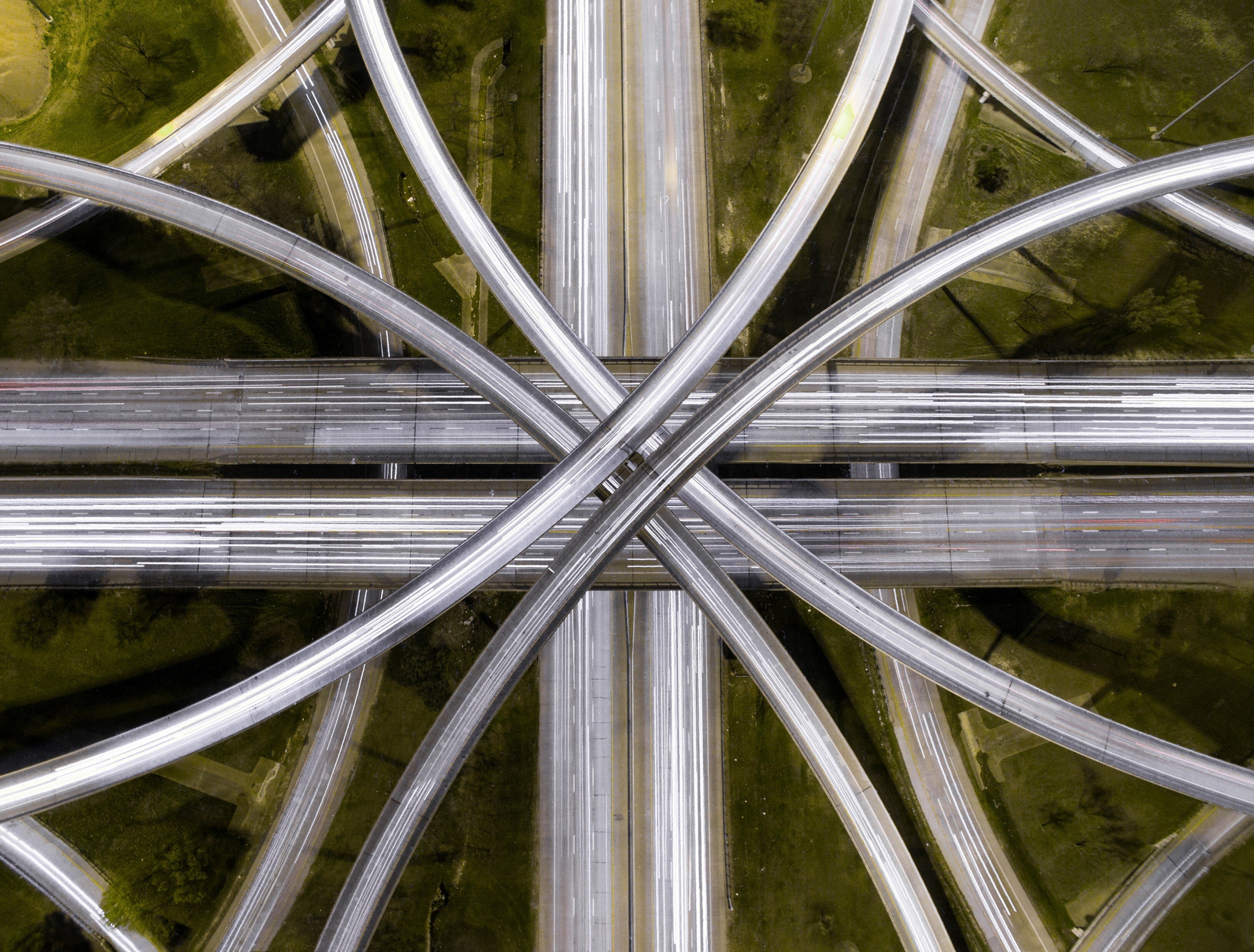Good Brands Make a Move, but Great Brands Plan for the Response
A race car driver can go incredibly fast and still crash if they only focus on what is directly ahead.

A dominant question that permeates the recent reviews of Milan fashion week, and indeed the broader conversation about expensive fashion, is how are luxury brands contending with the economic climate of fear, dread and anxiety? Or as one reviewer put it, how can luxury brands be “recession proof”? (WSJ Feb 28/23) The reviewer summarizes various approaches: one collection was both “useful and zany”; one focused on “wearing and saving”; another emphasized the enduring importance of craft; and yet another offered “desirable everyday”. Luxury alone is clearly not sufficient; it requires a reason for existence that appeals to human needs, not just desires. Luxury now needs to show that its beauty is essential.
Stated even more forcefully in the New York Times, there is a “definite swing this season away from escapism and toward an alternate theory of the role of fashion. . . as a coping mechanism that does not demand too much.” Fashion is now clothing that is “meant for navigating the world”. Fashion may still be couture, recycled, upcycled, repairable, long-lasting, casual and comfortable, but it is also important for fashion “to be easy”.
This is not exclusive to luxury brands. Indeed, one could say that we are enjoying a surge of caring, comfortable and easy fashion. It is not only the ubiquity of athleisure brands – Lululemon, Athleta and Alo, for example – but almost all fashion brands now offer comfy and casual looks. Some refer to this as the ascendancy of Gorpcore: the utilitarian, useful, functional and comfortable.
This shift was fortified as many of us were working from home and only needed to look presentable from the waist up. It was also strengthened by those working on front lines who are focused on serious life matters and take physical and emotional comfort in comfort. For those who are returning to the office, the suit is now more relaxed and more comfortable for all gender definitions. And the perfect shoe? The white sneaker.
There has been, in parallel to the comfortable, the rise of caring sustainable brands. Pioneered by Patagonia and Eileen Fisher, sustainable product and process is now a requisite feature. It can also be an effective core brand story. Cuyana’s Fewer Better is an impressive, clear statement that we ought to be consuming fewer things and the way to do that is to purchase well-crafted quality products that survive. Or Another Tomorrow, asserts that “revolutions start with knowledge” so we need to “know the story of your clothes”. And of course we remember Patagonia’s famous ad campaign - Don’t Buy This Jacket. All of these are courageous approaches to helping us live fashionable and sustainable lives. The fashion in current Fashion is to make it easier for us to be active participants in improving the world as we clothe ourselves.
While casual and comfortable, easy and sustainable may be, for some, the demise of style and elegance, it is a response to the real lives and demands of real people. Or as we at Bovitz put it – fashion is increasingly seeing the need to be People First.

A race car driver can go incredibly fast and still crash if they only focus on what is directly ahead.

Tracking studies are among the most valuable tools a business can have, but the word “tracking” undersells their potential.